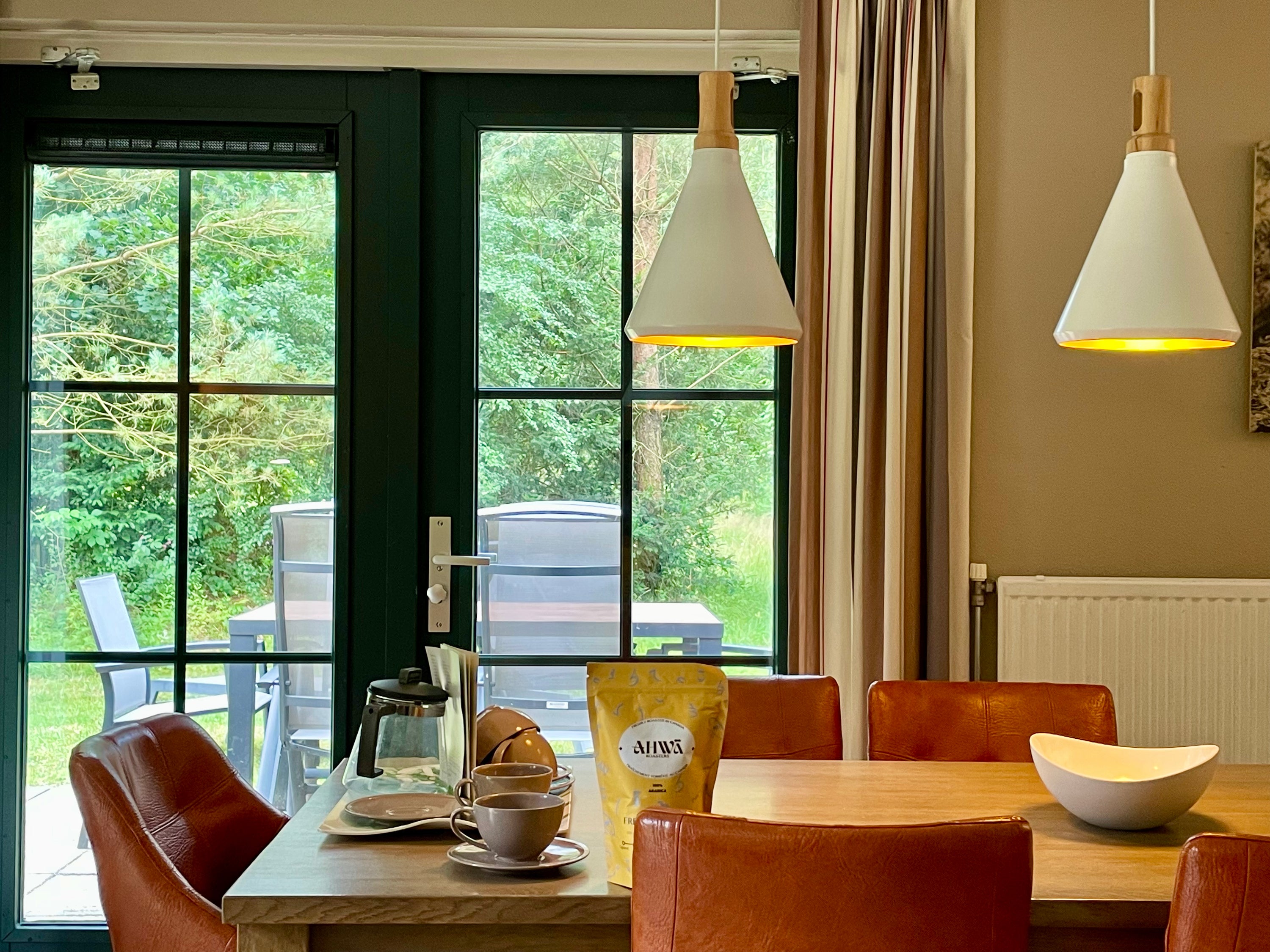Coffee is more than just a morning ritual; it's an experience that engages all the senses. From the rich aroma that fills the room to the complex flavors that dance on your palate, a good cup of coffee is a result of meticulous attention to detail. Understanding the various elements that contribute to the taste of coffee can help you appreciate and create that perfect cup. In this article, we will explore the journey of coffee from its origins to your cup, delving into the factors that influence its flavor.
- Green Coffee: Coffee Origins & Flavor Notes
The foundation of any great cup of coffee starts with the green coffee beans. These beans are sourced from various regions around the world, each imparting unique flavor profiles influenced by the local climate, soil, and altitude.
Coffee Origins
- Africa: Known for bright, fruity, and floral notes. Countries like Ethiopia and Kenya produce some of the most distinctive coffees.
- South America: Brazilian and Colombian coffees are renowned for their balanced flavor, often with chocolatey and nutty undertones.
- Central America: Coffees from this region, such as those from Guatemala and Costa Rica, often have a clean, crisp taste with a mix of fruity and chocolate notes.
- Asia: Indonesian coffees, including those from Sumatra and Java, are typically full-bodied with earthy, spicy flavors.
- Creating Blends and Single Origins
Coffee can be enjoyed as a single origin or a blend, each offering a unique experience.
Single Origins
Single origin coffees are sourced from a specific region or even a single farm, showcasing the distinct characteristics of that particular area. These coffees allow drinkers to experience the unique flavors without any interference.
Creating Blends
Blends are crafted by combining beans from different regions to achieve a balanced and complex flavor profile. The goal is to highlight the best qualities of each component, creating a harmonious and consistent cup.
- Roasting Process: From Light to Dark
Roasting transforms green coffee beans into the aromatic brown beans we recognize. The roast level significantly impacts the flavor, aroma, and body of the coffee.
Light Roast
- Characteristics: Light brown color, no oil on the surface.
- Flavor Profile: Bright, acidic, with pronounced origin flavors and fruity notes.
- Common Names: Cinnamon, New England, Half City.
Medium Roast
- Characteristics: Medium brown color, balanced flavor.
- Flavor Profile: Balanced acidity and body, sweeter with caramel and chocolate notes.
- Common Names: City, Full City, American.
Dark Roast
- Characteristics: Dark brown to almost black, shiny with oil on the surface.
- Flavor Profile: Bold, smoky, with low acidity. Dominant roasted flavors often mask origin characteristics.
- Common Names: French, Italian, Espresso, Viennese.
- Brewing Methods
The method used to brew coffee can dramatically alter its flavor and mouthfeel. Here are some popular brewing methods:
Turkish Coffee
- Process: Finely ground coffee is simmered with water and sugar in a special pot called a cezve or ibrik.
- Flavor: Strong, thick, with a sludgy consistency and often a sweet taste.
Espresso
- Process: Finely ground coffee is compacted into a puck and hot water is forced through under pressure.
- Flavor: Intense, concentrated, rich crema.
Filter Drip
- Process: Hot water drips through coffee grounds held in a paper filter.
- Flavor: Clean, clear, and well-balanced.
French Press
- Process: Coarse coffee grounds are steeped in hot water, then separated by pressing down a metal or plastic plunger.
- Flavor: Full-bodied, robust, with a rich mouthfeel.
- Other Impacts on Coffee Taste
Several other factors can influence the final taste of your coffee.
Freshness
- Impact: Freshly roasted and ground coffee preserves its volatile aromatic compounds, resulting in a more flavorful cup.
Water Used in Brewing
- Impact: The quality and mineral content of water can significantly affect taste. Use filtered water for the best results.
Optimum Water Temperature
- Impact: Different brewing methods require specific water temperatures for optimal extraction.
- Espresso: 90-96°C (194-205°F)
- Filter Drip: 92-96°C (197-205°F)
- French Press: 92-96°C (197-205°F)
- Turkish: Just below boiling point
Conclusion
A good cup of coffee is the culmination of careful selection and preparation. From choosing high-quality green beans and understanding their origins to mastering the roast and brewing methods, each step plays a crucial role in defining the taste. By appreciating these elements, coffee enthusiasts can not only enjoy a superior brew but also deepen their connection to this beloved beverage. So, the next time you savor a cup of coffee, remember the journey it took to reach your hands and the artistry behind each sip.




